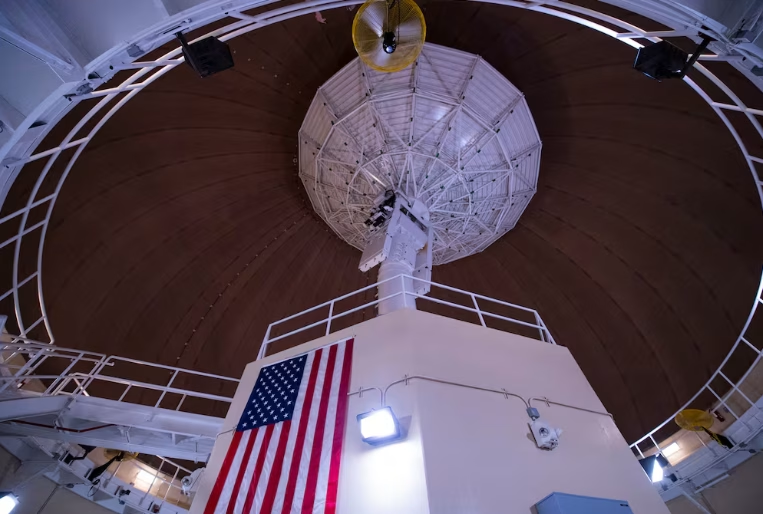The U.S. Space Force has a clearly defined mission: to ensure freedom of movement in space while denying adversaries the same. However, despite rising geopolitical threats and increasing reliance on space-based assets, current budget allocations remain misaligned with strategic goals. In an August 7, 2025, op‑ed, defense expert Shawn Barnes argues that the United States cannot achieve space superiority on the cheap—and doing so would jeopardize global deterrence and military readiness.
Strategic Goals Undermined by Insufficient Funding
Every military branch requires two essentials to function effectively: a well-defined mission and the resources to execute it. While the Space Force has made its strategic intentions clear, its operational potential remains constrained by inadequate funding. Although the budget has increased from $28.5 billion to $40 billion, the emphasis skews toward ground-based missile defense systems—such as the “Golden Dome”—rather than core space control capabilities.
1. Space Superiority Demands More Than Rhetoric
General B. Chance Saltzman, Chief of Space Operations, has articulated a direct objective: to achieve space superiority through robust protection of U.S. space assets while denying adversaries freedom of operation. Yet this vision is undercut by the small share of funding allocated toward space control initiatives. As a result, vital technological and operational capabilities remain underdeveloped.
2. Current Budgeting Misses Strategic Targets
While the FY2026 budget introduces an increase, the majority of that uplift is absorbed by programs like the Golden Dome and missile detection systems. These systems serve important functions, but they don’t directly support orbital control, offensive space operations, or resilience against counter-space threats. Without a course correction, the Space Force may fall behind its adversaries in operational agility and domain dominance.
3. China’s Advancements Accelerate the Urgency
Shawn Barnes highlights China’s growing capacity to threaten U.S. space-based infrastructure. From anti-satellite weapons to cyber disruptions and satellite jamming, the threat matrix is broadening fast. Dominance in space now carries the same weight as air or sea superiority in modern conflict scenarios, and the time to prepare is rapidly shrinking.

Conclusion: Budget Alignment Is Strategic Readiness
The U.S. cannot afford to declare ambitious space strategies without the capital to implement them. Space superiority funding is not a luxury—it is a mission enabler. Without urgent and focused investment, the United States risks falling behind in a domain that increasingly shapes every aspect of modern warfare. Barnes’s warning is clear: strategic success in orbit begins with resourcing it properly on the ground.
Internal Link: U.S. Space Force Budget Strategy: 2025 Review
External Link: Defense News – The Space Force Can’t Achieve Space Superiority on the Cheap







